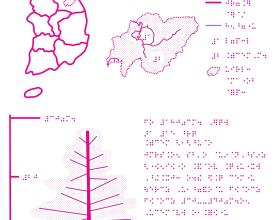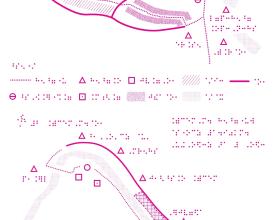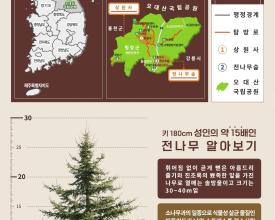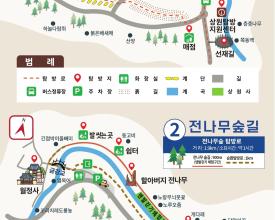
‘Beautiful National Parks at Your Fingertips' Creating Braille Maps for the Visually Impaired
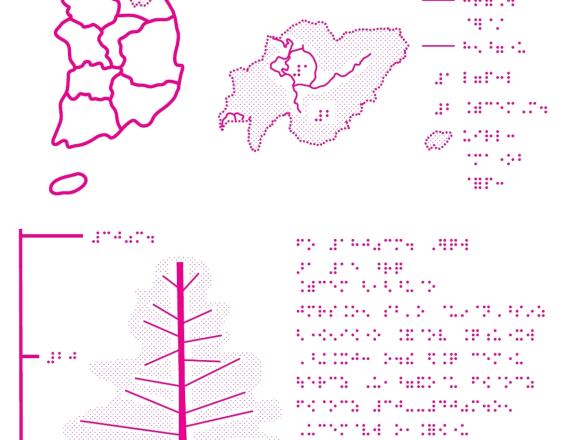
Ecotourism, though widely appreciated, often excludes the visually impaired due to mobility constraints and inadequate infrastructure. The Korea National Park Service (KNPS) has installed barrier-free visitor facilities for the visually impaired and offered some ecotourism experiences, but basic Braille mapping services were still in their infancy. In 2023, KNPS collaborated with the Korea National Geographic Information Institute to develop Braille maps, starting with Odaesan National Park. By 2026, these maps will be available in 22 national parks. KNPS also aims to establish 39 kilometers of barrier-free trails across 46 locations by 2028, enhancing tailored ecological experiences. These Braille maps will be disseminated to 110 affiliated organizations and Braille libraries across Korea, enabling visually impaired individuals to explore park areas more independently.
Impacts
The provision of Braille maps for national parks carries a profound implication: to ensure meticulous ecological welfare, fostering an environment where all citizens, regardless of ability, can fully partake in and appreciate the values of our national parks without discrimination.
Visual impairment presents a unique challenge in tourism compared to other disabilities, primarily because of the inability to perceive visual information. However, Braille maps serve as a valuable tool, enabling individuals who are blind to comprehend spatial layouts, thereby alleviating anxieties associated with trekking and empowering them to plan their excursions more confidently and proactively.
Indeed, according to a survey conducted by KNPS in 2023, 83.3% of visually impaired individuals expressed a willingness to embark on trekking adventures in national parks when presented with the option of utilizing Braille maps. Furthermore, an overwhelming 94.5% of respondents indicated a higher likelihood of visiting national parks if Braille maps were made available to them.
Furthermore, the collaboration between the National Park Service and the Korea National Geographic Information Institute holds significant importance, as it fosters a synergistic approach to the management of protected areas.

